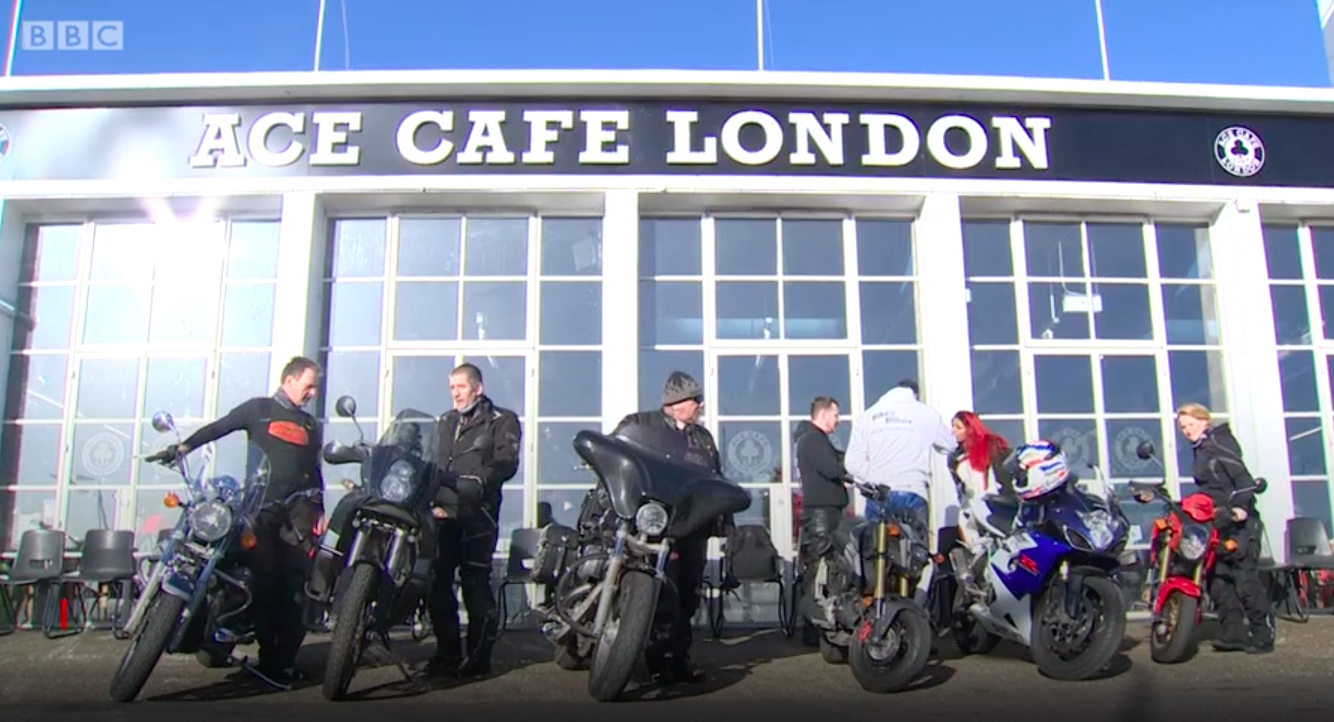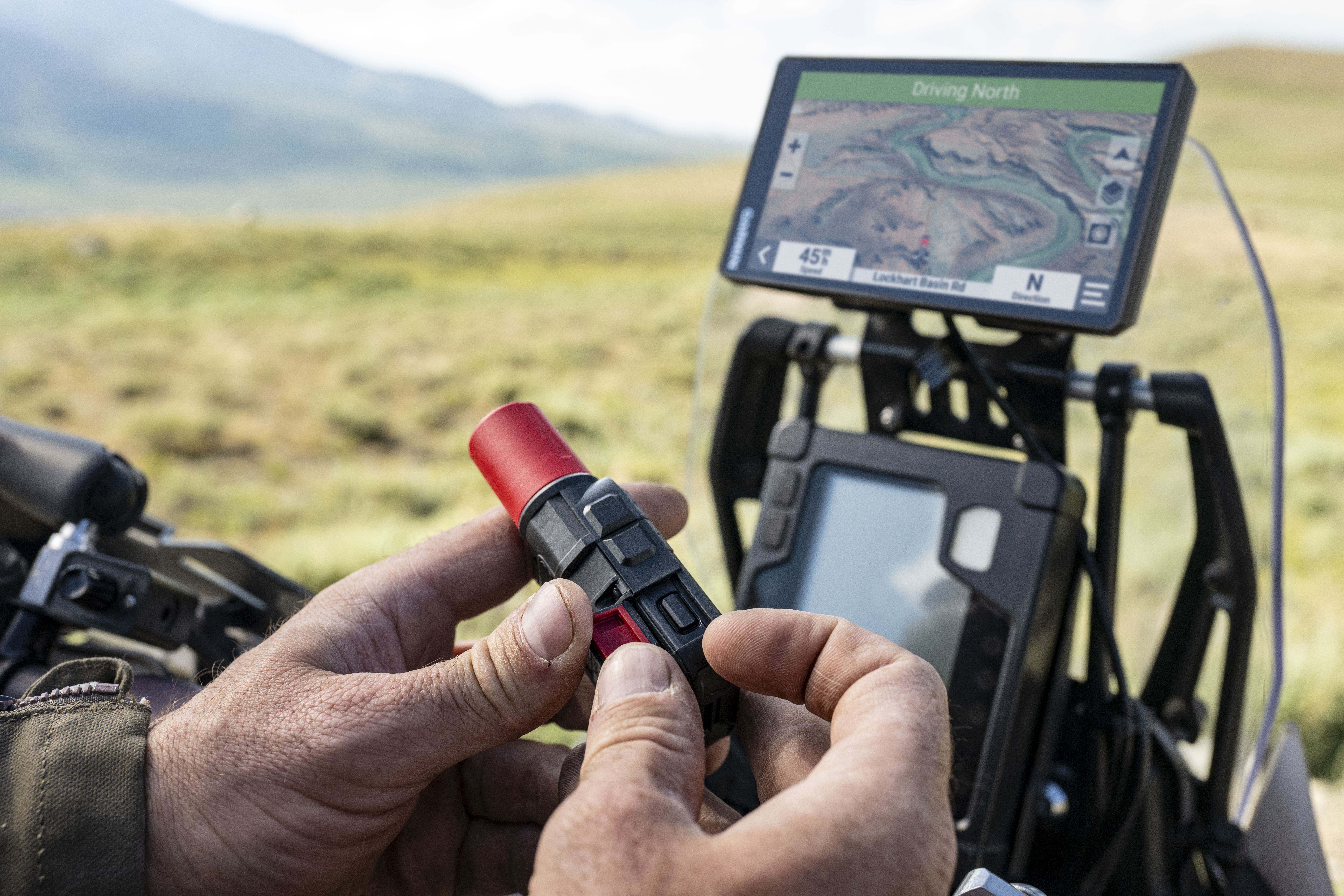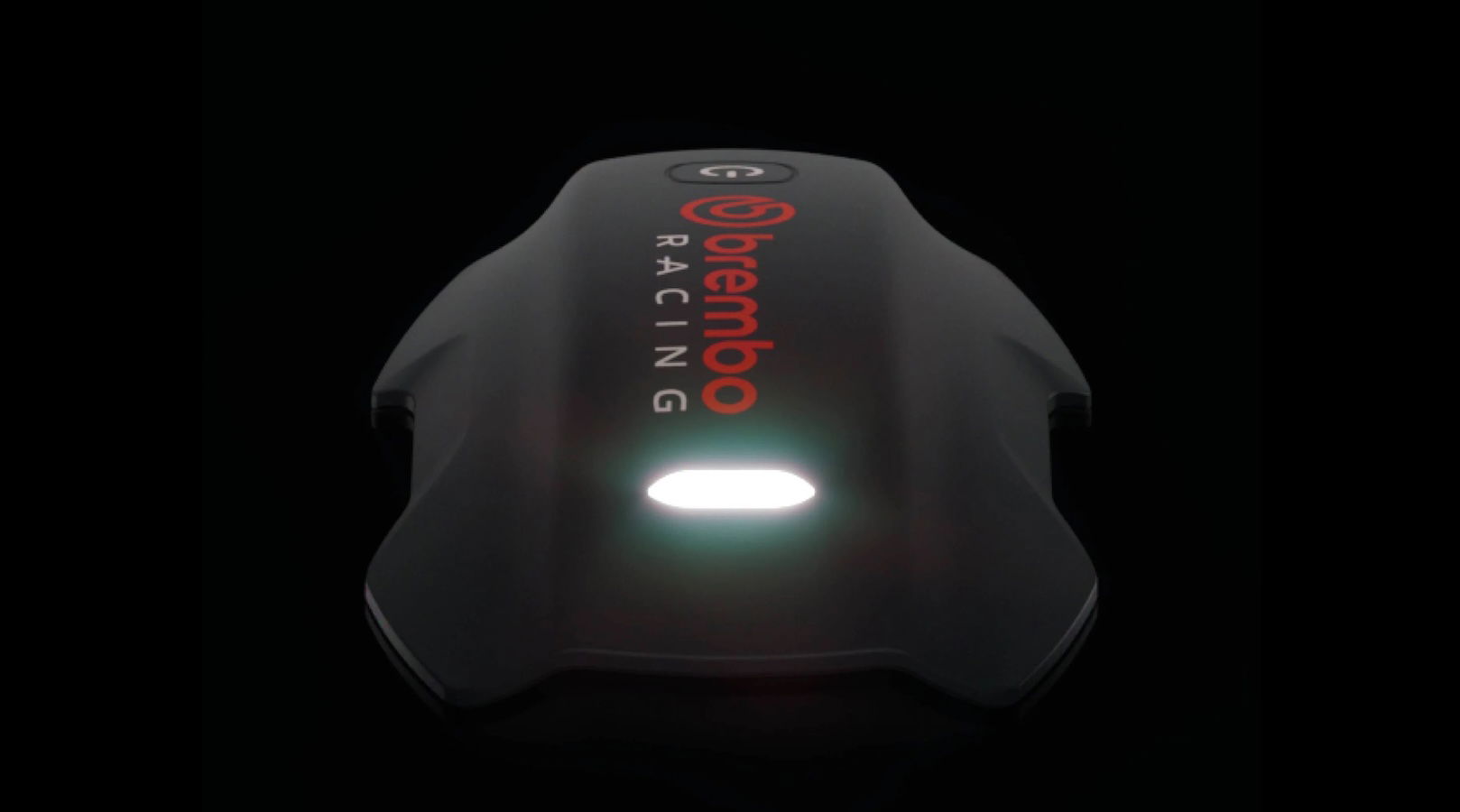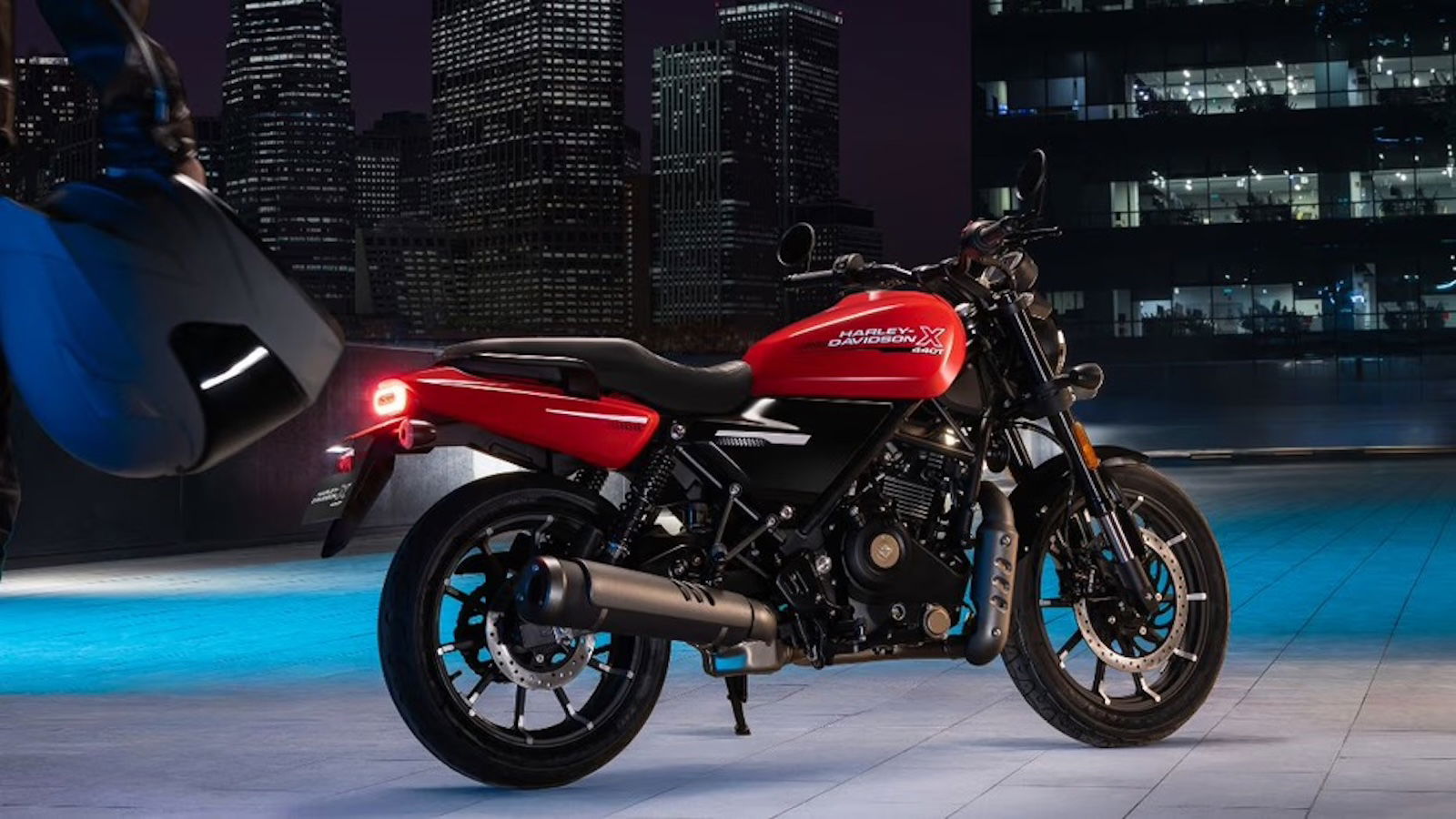Honda EV-CUB to adopt battery-swap idea
Honda's new Cub EV is getting closer to production

Two years ago Honda confirmed that its EV CUB concept was heading for production in 2018. While we’re still waiting to see the mass-made version the firm has applied for patents that show it will adopt the same battery-swap technology used in its PCX Electric.
The EV CUB has already gone through two ‘concept’ iterations. The first was shown nearly a decade ago – in 2009 – and a toned-down, near-production machine took a bow at the 2015 Tokyo Motor Show.
That second generation concept also debuted the battery swap idea, featuring a swing-out cover on the left hand side. The PCX Electric has taken that ball and run with it, packing a pair of standardised batteries under the seat.
So what’s new about the latest EV CUB patents? It looks like Honda has switched from the single battery used in the 2015 EV CUB concept to a dual-battery arrangement. Unlike the PCX Electric, which has the batteries mounted in tandem, width-wise under the seat, the EV CUB fits them longitudinally between the rider’s feet.
To accommodate them, the usual backbone frame used by previous generations of Cub is changed for a perimeter chassis, with tubes effectively framing the batteries. That’s why they have to be replaced using a swingout side panel rather than dropped in from above.
With the entire centre section of the frame filled with batteries, Honda has used a hub-mounted electric motor.
Given that the original Honda Cub has been credited with mobilising entire nations, and remains the single most popular form of mechanised transport ever created, if ever an electric bike is to break down the barriers facing the technology and persuade the masses to adopt it, there can’t be a better one than the EV CUB to do the job.











